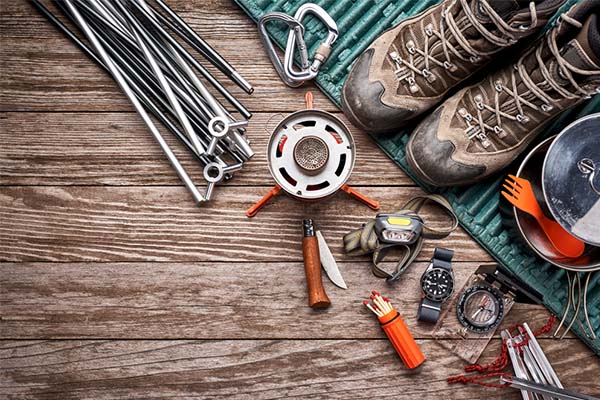Your browser does not seem to support JavaScript syntax, but that’s okay, the JavaScript syntax here does not affect the content statement.
If you need to choose the font size
IE, please use the keyboard to hold down the Alt key + V → X → (G) the largest (L) the larger (M) the middle (S) the smaller (A) the smaller, to choose the one that suits you Text size
Chrome and Firefox browsers can use the keyboard Ctrl + (+) to zoom in (-) to zoom out to change the font size, and to print, use the (Ctrl + P) function provided by the browser.
To share a webpage, you can use the following link and enter the information you want to share:

